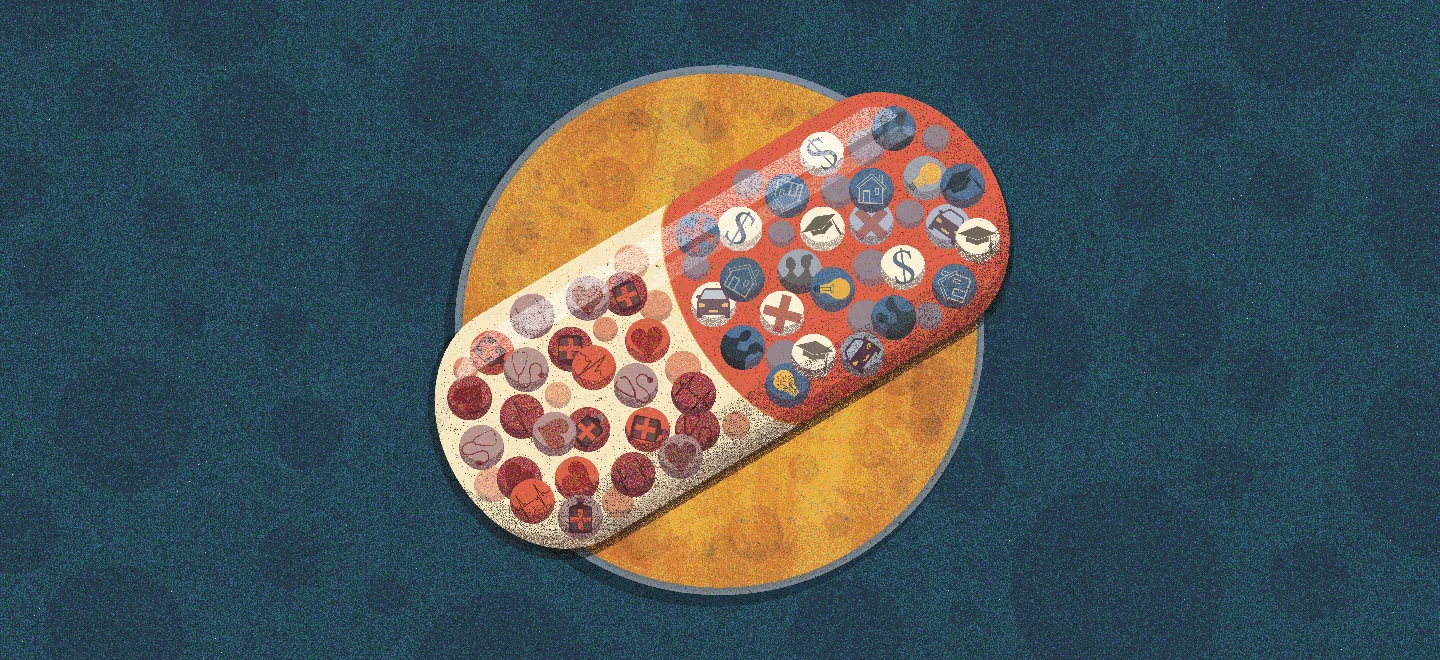“The CIP section of the KYC policy was criticized by the FDIC as inconsistent with FinCEN guidance, resulting in an MRIA in the BSA/AML exam.” Nothing like a slew of acronyms to let it be known you’re in the know. I try to speak English as much as possible (despite a limping effort in one-way conversational Dutch with our kids), but our industry throws around enough acro-slang to intimidate the most formidable.
One acronym that’s been driving me nuts of late is CAC (Customer Acquisition Cost). It’s ubiquitous, it’s not well understood, it exists as a function of the fragmentation of financial services, it presents enormous economic friction, and I believe it will diminish significantly in size in the near future. Here’s how I’m thinking about it, and I’m curious if you agree.
CAC is everywhere, but not well understood. Every consumer-facing solution — a new financial advisor, yet another neo-bank, you name it — has some cost associated with acquiring a new customer. Word of mouth and SEO are sources of “free” customers. But fintech, it turns out, isn’t the most viral thing in the world, save perhaps the Venmo’s and Splitwise’s out there. Core portfolio company NerdWallet is perhaps the gold standard for fintech SEO, but even they pay for some customer exposure.
Entrepreneurs perennially understate their anticipated and actual CAC. Many either willfully or naively ignore the cost of all channels, the cost of a profitable customer (vs someone who is “active” by some flimsy definition), the fully loaded cost (i.e. KYC, mailing a card, onboarding customer support), or ratio of CAC to long-term value (LTV). Initial CAC can swing by a factor of 10 in either direction of a stable CAC at scale. One of our companies started with a $2000 CAC and brought it down to below $200. Others brag about a $3 CAC, but ignore the tiny n, or whether they could ever earn a dime. LTV is another story altogether.
Apple and Android’s app supermarkets have enabled a dizzying array of specialized finance apps. An app for reporting rent. An app for tracking tax deductions. An app to solve your student debt. An app for buying crypto. An app for lending crypto. An app for tracking crypto prices. What is crypto even? This is generally good news for consumers: lots of choices, lots of features and functions. But this would not be possible without billions of venture backing paying for CAC for this exponential proliferation of largely single-feature micro-apps.
All good things come to an end, and at some point even the deepest-pocketed VCs will require their kin to generate a profit. It’s hard to imagine this today, with a new fintech fund announced weekly and megafunds like Tiger Global writing venture checks every 48 hours. By David Roos’ back of the envelope, new and traditional basic banking and basic insurance providers, alone, pay approximately $35 billion per year to acquire new customers. Add mortgages, credit cards, auto finance, brokerage, etc. The top 25 banks spend over $15 billion on marketing. Affiliates such as NerdWallet, Credit Karma and Lending Tree generate approximately $4 billion in lead gen fees from fintech. This is a lot of financial friction, which ultimately consumers have to pay for.
So it’s no surprise that we are now witnessing the great fintech reconsolidation. Everyone with customers is expanding their offerings. MoneyLion was early at this. Varo has offered a full slate of personal financial management features. Robinhood is offering basic banking. Acorns offers gig-work and retirement plans. This is all a function of two things: the maturation of mono-line startups and a new generation of fintech API providers. Core is betting on Synapse, Spinwheel, AtomicFI, Noyo, Unit21 and Ripple. And of course there are many others. This is the rise of X-as-a-service, or XaaS for the acronym hounds out there.
Those who have earned the most trust will succeed in expanding their customer relationship with the help of a burgeoning XaaS industry. As I’ve pointed out before, most of the economic efficiencies created by fintech have been consumed by industry. Lowering CAC will benefit the consumer.
Also: The racial wealth gap is widening. How fintech can help reverse that. What’s your North Star? Here’s Core’s.




